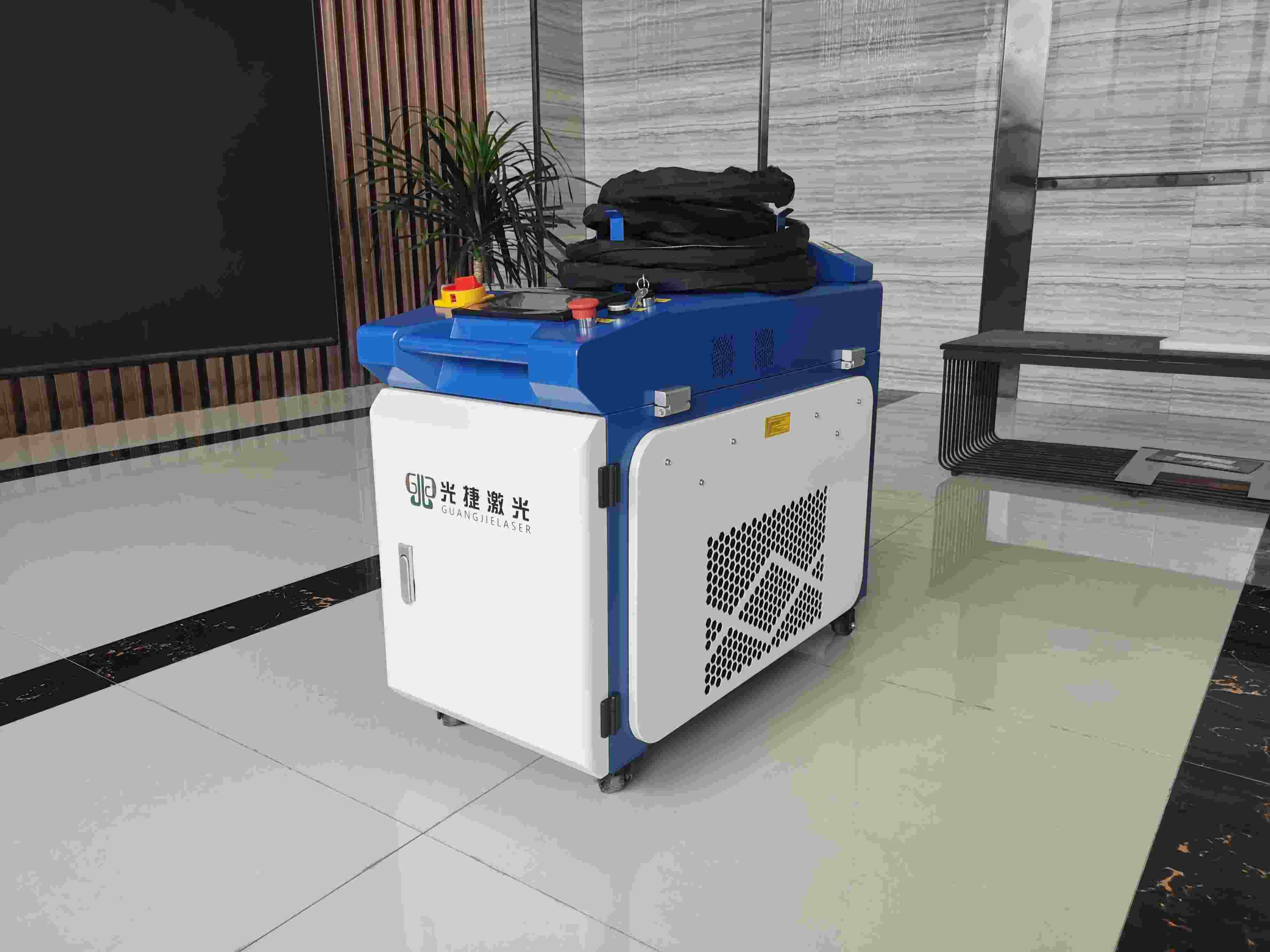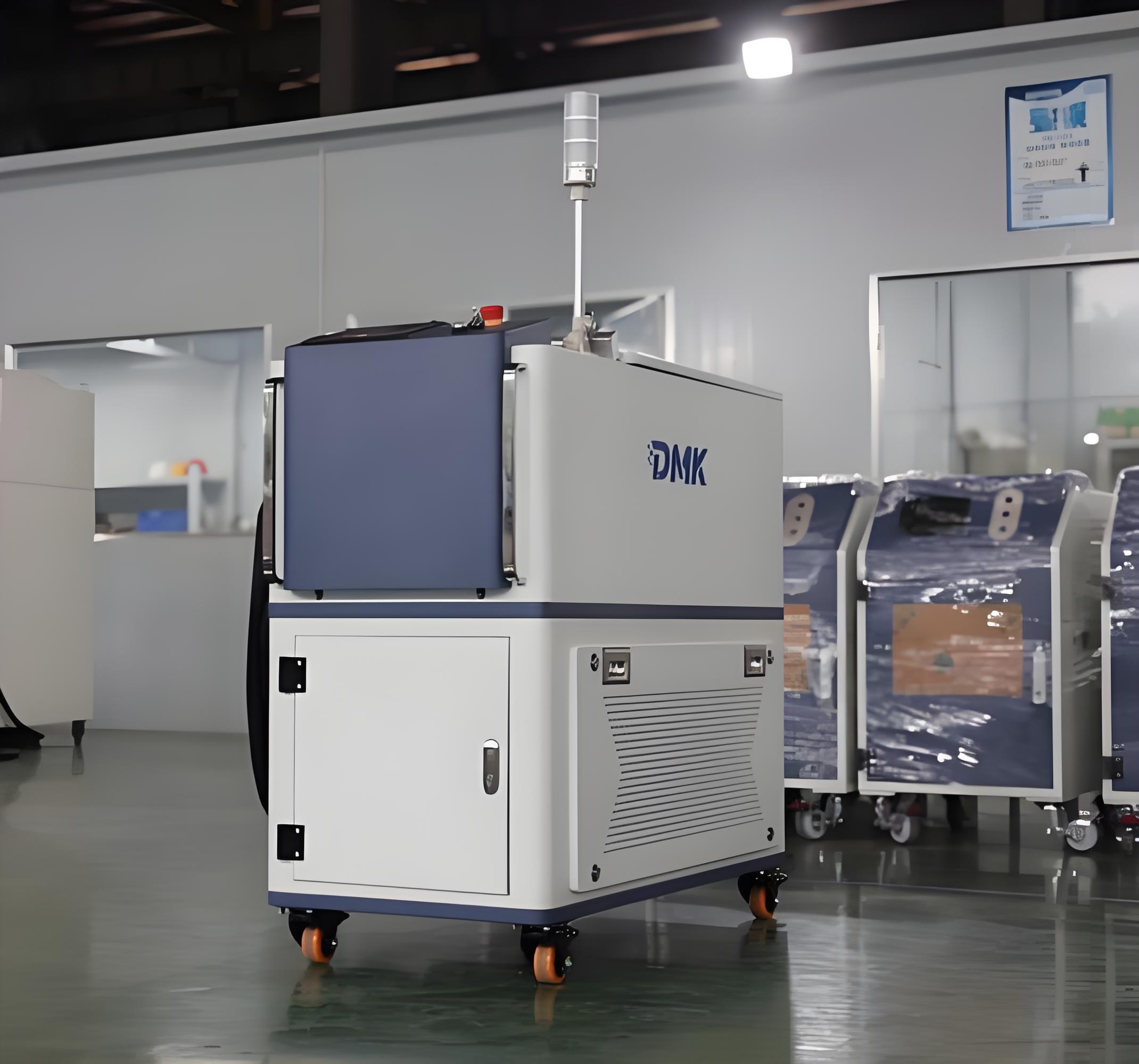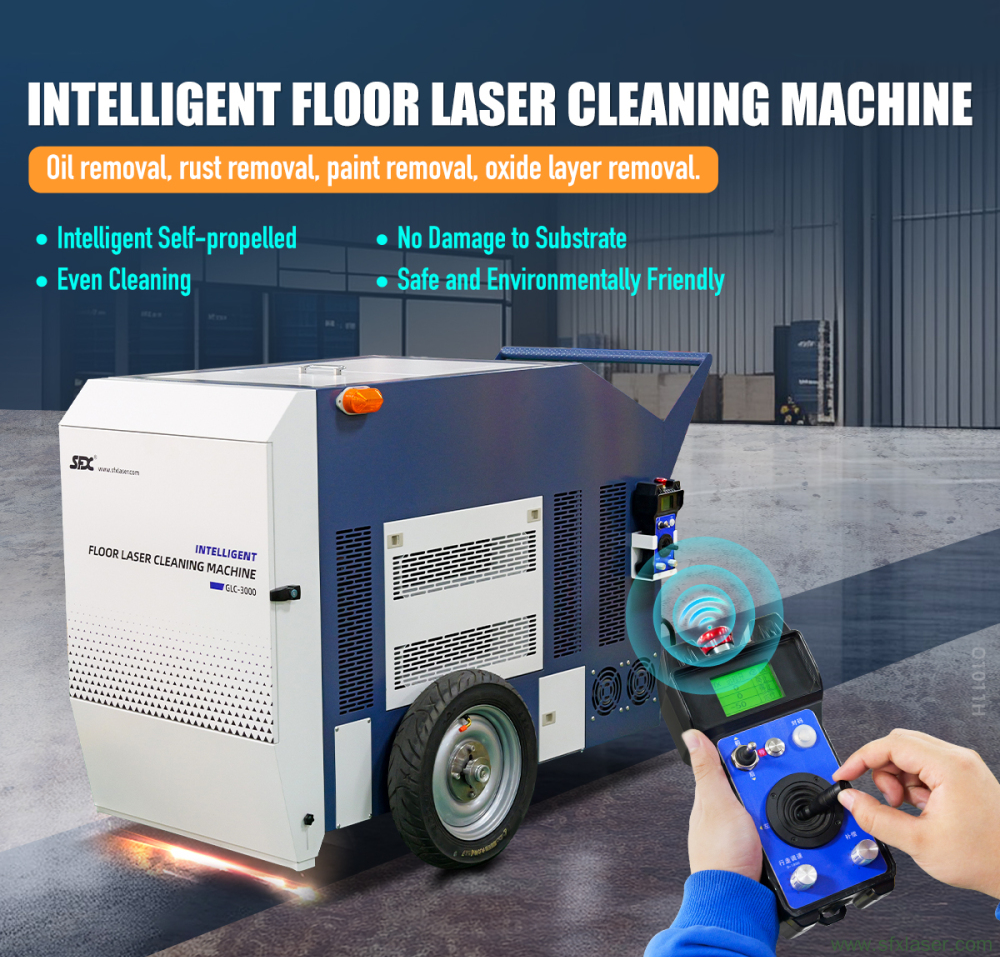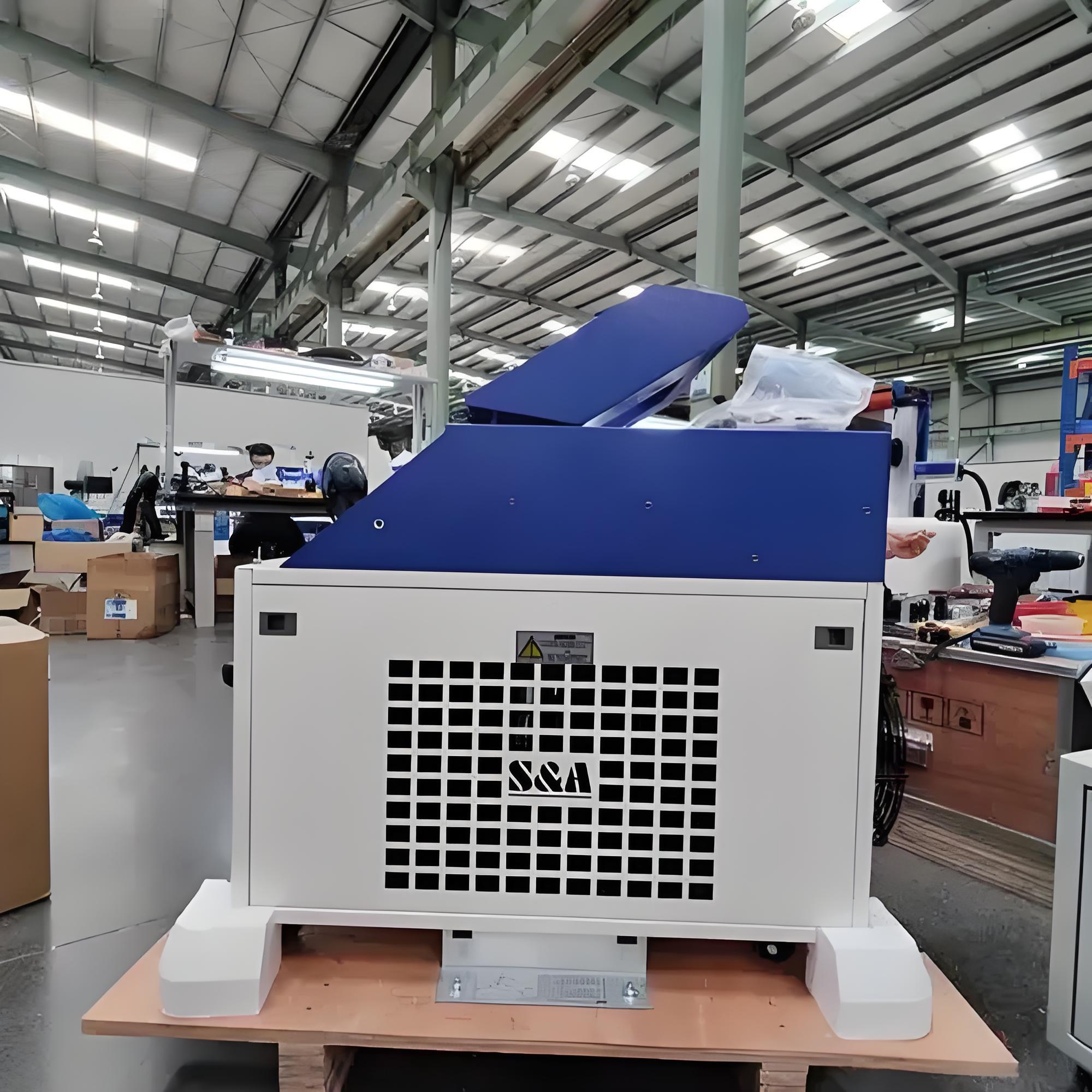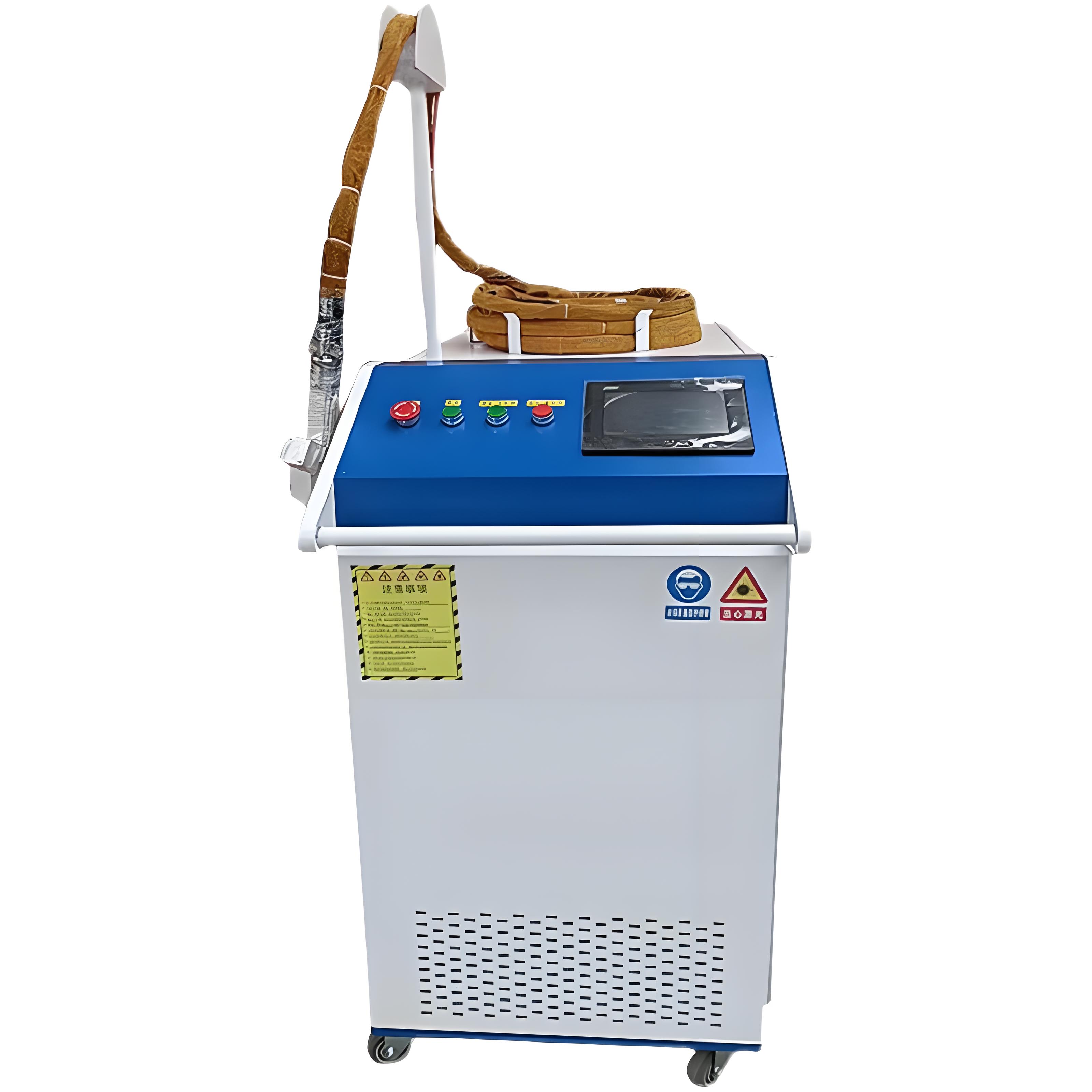Years back when I first started working with industrial lasers, I was frankly intimidated by them. There’s something uniquely powerful — and a little unnerving — about a beam of light that can vaporize rust, paint, and even a careless fingertip in milliseconds.
But over time, with hundreds of installations and on-site trainings under my belt, I’ve come to deeply respect (and trust) these systems. Laser cleaning machines, especially high-power models used for rust removal, are incredibly effective — but only if handled correctly.
I’ve put this guide together not as a dry rulebook, but more like a toolbox of best practices, drawn from years of practical field experience. If you’re an operator, a safety supervisor, or even just considering buying your first laser rust remover, I hope this gives you a clear, realistic picture of how to stay both efficient and safe.
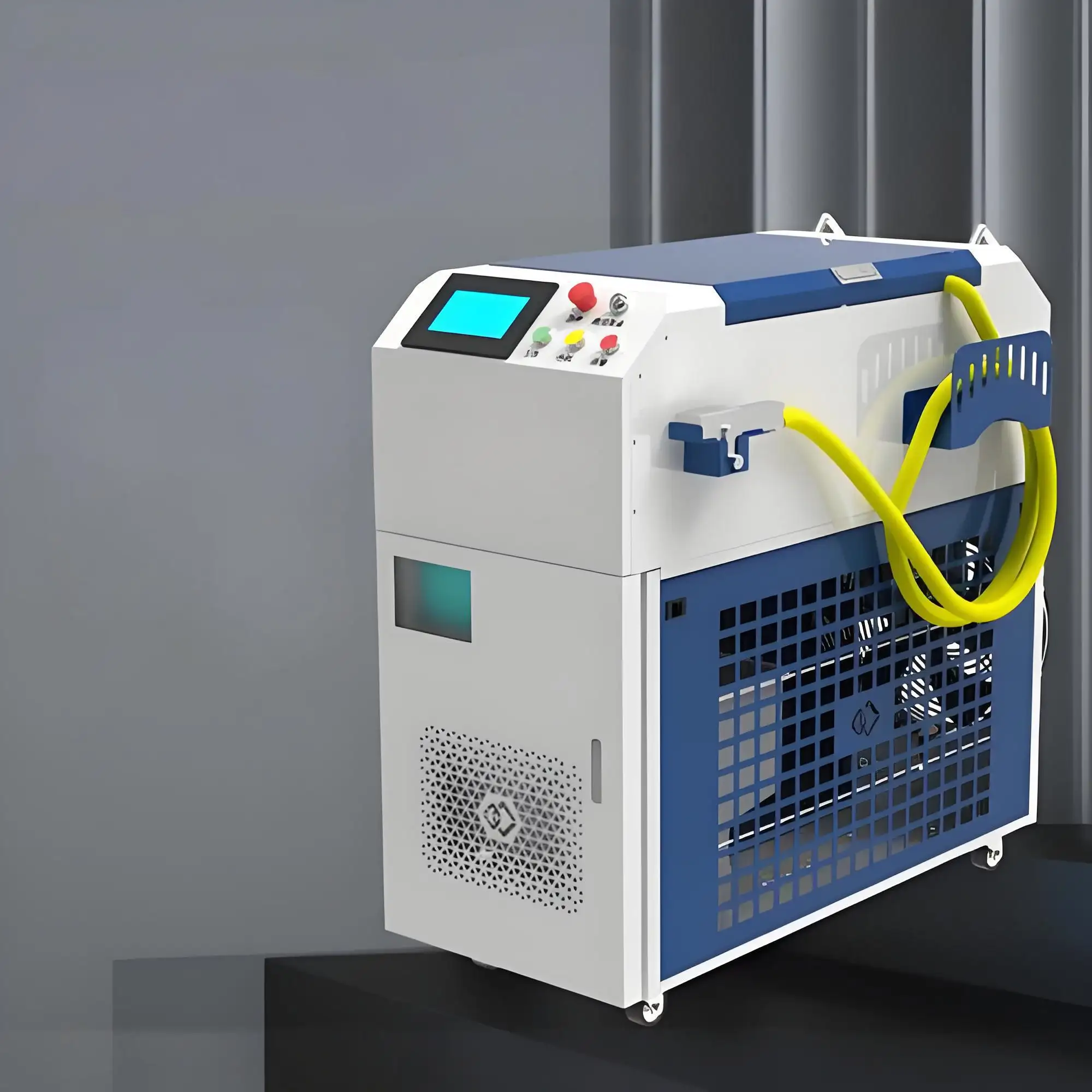
Why Proper Safety Procedures Matter So Much
Let’s start with the obvious: laser cleaning is not your typical mechanical cleaning process. Unlike sandblasting or chemical pickling, you’re directing a concentrated laser beam — often in the range of 100W to 2000W for rust removal — onto a surface.
That means:
You’re working with Class IV industrial lasers, the highest risk category under international standards.
These beams are invisible infrared (often 1064nm fiber lasers). You can’t see the danger like with a welding arc.
Reflections can travel surprisingly far, off shiny metal surfaces, and still cause serious eye damage.
In addition to the laser hazard itself, there are smoke and particulate risks, electrical hazards from the high-power laser supply, and even potential fire if you’re cleaning oily or combustible surfaces.
Done right, it’s safe and clean. Done wrong, it’s a serious accident waiting to happen.
Core Safety Operation Procedures
Here’s how I generally train operators and maintenance staff when we install laser rust removal systems. These are not optional add-ons — they’re fundamental.
1. Pre-Operation Checks
Before you ever hit “ON”:
Inspect the laser head and cables for any wear or loose connections. High-frequency, high-voltage breakdowns often start from tiny cracks in insulation.
Make sure the protective lens window is clean. A dirty protective lens can heat up unevenly and shatter.
Check that your emergency stop is functional. Push it and confirm the system cuts out.

2. Personal Protective Equipment (PPE)
This is non-negotiable. For laser rust cleaning, your standard kit usually includes:
Certified laser safety goggles matching the laser’s wavelength (typically OD >6 at 1064nm).
Heat-resistant gloves if handling freshly cleaned hot parts.
A good particulate respirator if working indoors without extraction (though ideally you should have local fume extraction).
It’s shocking how many workshops skip the right laser goggles — using generic sunglasses or even clear face shields. That’s a recipe for retinal burns.
3. Work Area Setup
Always:
Mark off a controlled laser area (CLA) with warning signs. Use curtains or barriers rated for laser safety if there are other people nearby.
Remove shiny objects (like metal tools, scrap pieces) from the immediate vicinity. They can reflect stray beams.
Ensure the floor is dry and clear. Laser systems generally have heavy cables — tripping hazards are real.
4. During Operation
Keep the laser head perpendicular or slightly angled to minimize uncontrolled reflections.
Never leave the system unattended while it’s powered on.
Start with lower power settings for new surfaces. Adjust up only as needed.
Monitor the fume extraction — the laser vaporizes rust and paint, creating particulate matter that needs to be properly vented.
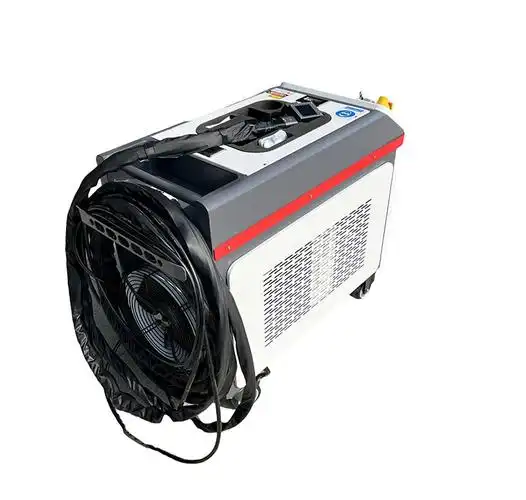
5. Post-Operation
Shut down the laser following manufacturer sequence — don’t just yank the main power. Many systems run cool-down cycles to protect optics and electronics.
Clean the protective lens gently with approved wipes.
Log the operation hours and any irregularities. This helps with preventive maintenance.
Typical Hazards and How to Mitigate Them
I’ve found a simple table helps operators remember the big risks and how we handle them daily.
| Hazard | Why It’s Dangerous | What to Do |
|---|---|---|
| Eye exposure to beam | Can cause permanent retinal burns in <1ms | Always wear certified goggles, use beam stops |
| Reflected beams | Even diffuse reflections can injure eyes | Control shiny surfaces, angle head properly |
| Fume inhalation | Vaporized rust/paint can contain heavy metals | Use fume extractor, wear respirator |
| Electrical faults | High voltage inside machine (up to 400V) | Only qualified personnel should open panels |
| Fire from hot surfaces | Oil, grease can ignite under laser heat | Pre-clean surfaces, have extinguisher nearby |
Don’t override interlocks
Some operators get annoyed by “door open” or “cover not closed” alarms, and disable them. Please — don’t. Those interlocks exist precisely to prevent stray beam exposure.
Keep a laser safety log
It’s not just bureaucracy. A simple notebook tracking who operated the machine, for how long, at what power, catches problems early. If someone notices unusual noises or output, you can pinpoint when it started.
Rotate operators, don’t overload one person
Laser cleaning can look effortless, but focusing on overlapping lines precisely for hours is physically and mentally tiring. Fatigue leads to mistakes.
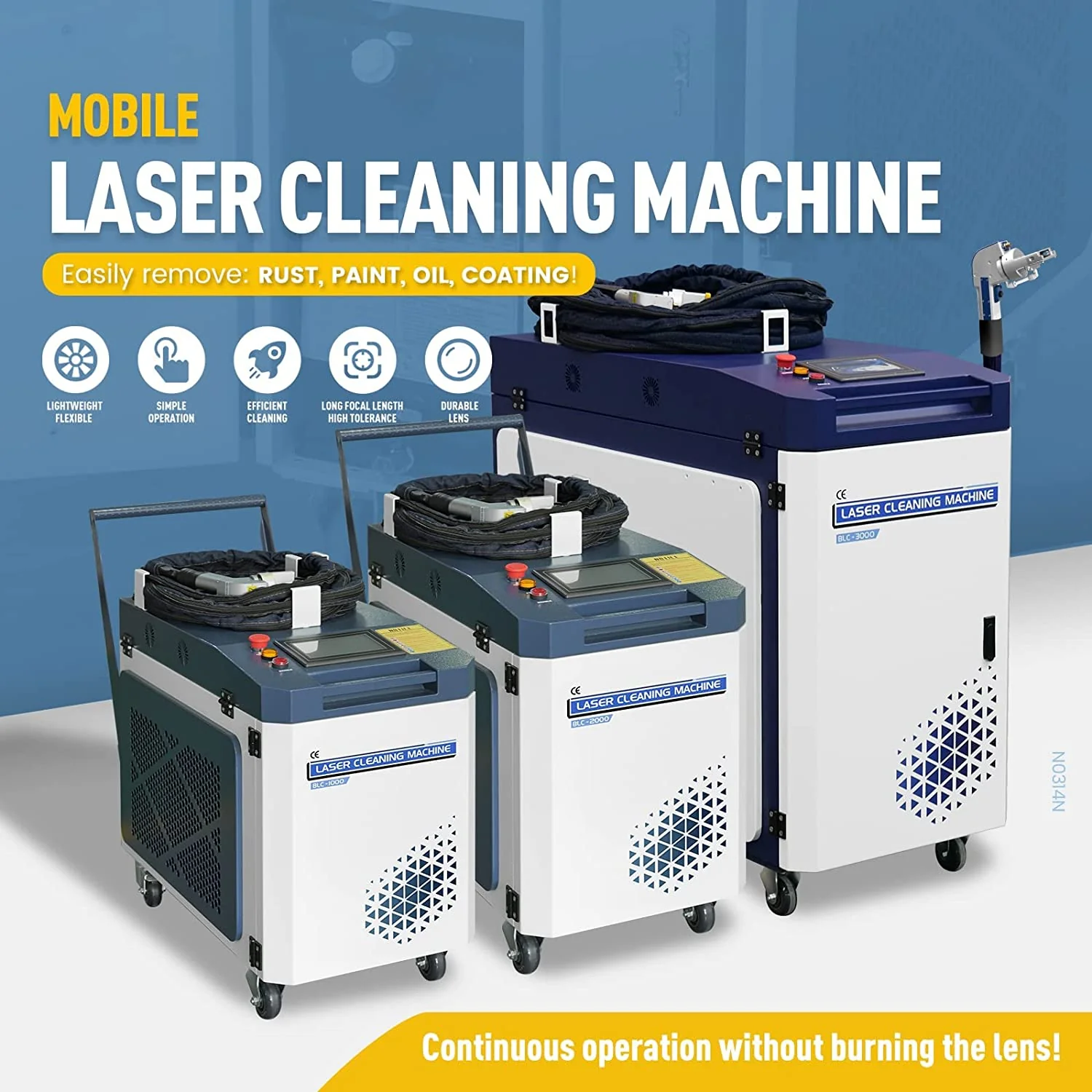
Regularly recalibrate your system
Over time, optics shift. Have a tech check beam alignment every 6 months or so. This maintains cleaning efficiency and reduces stray reflections.
My Usual Briefing for New Operators
When I’m at a customer site doing the first system handover, I always keep it straightforward. Something like:
“Treat the laser like a loaded gun that fires continuously. You wouldn’t point a gun at your friends, you wouldn’t disable the safety, and you wouldn’t forget eye protection. Same mindset here. It’s powerful, but it’s predictable if you respect it.”
People remember metaphors better than long rule sheets. Then we walk through actual test pieces together, showing how to find the right focus spot and keep moving to avoid overheating.
Why Management Needs to Buy In Too
A big part of laser safety isn’t just on the operator. Workshop managers or factory owners should:
Invest in proper barriers and signage.
Enforce PPE usage.
Schedule periodic third-party safety audits, especially if you’re ISO-certified.
Ensure only trained staff have laser system passwords or keys.
This culture makes all the difference. In shops where owners take safety seriously, you almost never see shortcuts.
Wrapping Up: Lasers Are Amazing Tools — Used Wisely
Operating a laser rust removal machine safely isn’t complicated once it becomes a habit.
It’s just about respecting the power you’re working with, following consistent checks, and never assuming “it’ll be fine this one time.”
In my career, I’ve seen laser cleaning transform maintenance schedules, eliminate harsh chemical processes, and save companies a fortune on surface prep. But I’ve also investigated a few close calls that were entirely avoidable.
So — take the time to train up, gear up, and set up your work area right. Your eyes (and your insurance premiums) will thank you.

Related Q&A
Q: Can I operate a laser rust remover without special goggles if I’m careful not to look at the beam?
A: Absolutely not. Reflected beams are invisible and can hit from unexpected angles. Always wear certified goggles for your laser’s wavelength.
Q: Is there a difference in safety between 100W and 1000W machines?
A: In terms of burn/eye hazard, not really. Even a low-power Class IV laser can cause permanent damage instantly. Higher wattages mainly mean faster cleaning (and more potential fire risk).
Q: What’s the best way to train new staff?
A: Mix classroom + hands-on. Cover the hazards, then walk through startup, cleaning, shutdown. Always start new operators under supervision on test pieces.
Q: Do you recommend automatic laser cleaning robots for safety?
A: They help by enclosing the process, but still require safeguards. Someone has to maintain them, and stray beams during setup can still be hazardous.

